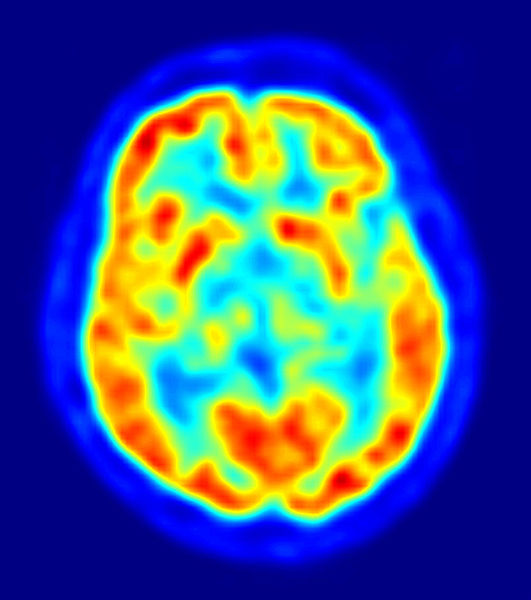Scientists read dreams
October 23, 2012
Scientists have learned how to discover what you are dreaming about while you sleep, Nature News reports.
Researchers led by Yukiyasu Kamitani of the ATR Computational Neuroscience Laboratories in Kyoto, Japan used functional neuroimaging to scan the brains of three people as they slept, simultaneously recording their brain waves using electroencephalography (EEG).
The researchers woke the participants whenever they detected the pattern of brain waves associated with sleep onset, asked them what they had just dreamed about, and then asked them to go back to sleep.
The researchers extracted key words from the participants’ verbal reports, and picked 20 categories that appeared most frequently in their dream reports.
Kamitani and his colleagues then selected photos representing each category, scanned the participants’ brains again while they viewed the images, and compared brain activity patterns with those recorded just before the participants were woken up.
The researchers analyzed activity in brain areas V1, V2 and V3, which are involved in the earliest stages of visual processing and encode basic features of visual scenes, such as contrast and the orientation of edges. They also looked at several other regions that are involved in higher order visual functions, such as object recognition.
In 2008, Kamitani and his colleagues reported that they could decode brain activity associated with the earliest stages of visual processing to reconstruct images shown to participants. Now, they have found that activity in the higher order brain regions could accurately predict the content of the participants’ dreams.
“We built a model to predict whether each category of content was present in the dreams,” says Kamitani. “By analysing the brain activity during the nine seconds before we woke the subjects, we could predict whether a man is in the dream or not, for instance, with an accuracy of 75–80%.”
The findings suggest that dreaming and visual perception share similar neural representations in the higher order visual areas of the brain.
“It also seems to suggest that our recall of dreams is based on short-term memory, because dream decoding was most accurate in the tens of seconds before waking,” he adds.
Kamitani and his colleagues are now trying to collect the same kind of data from the rapid eye movement (REM) stage of sleep, which is also associated with dreaming.
